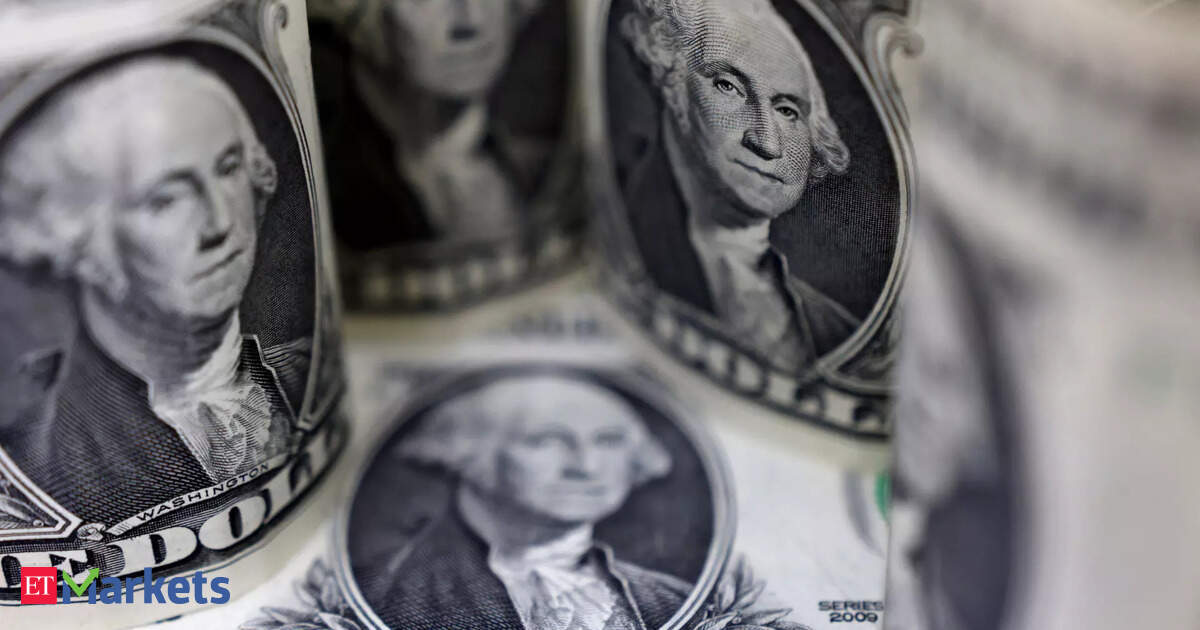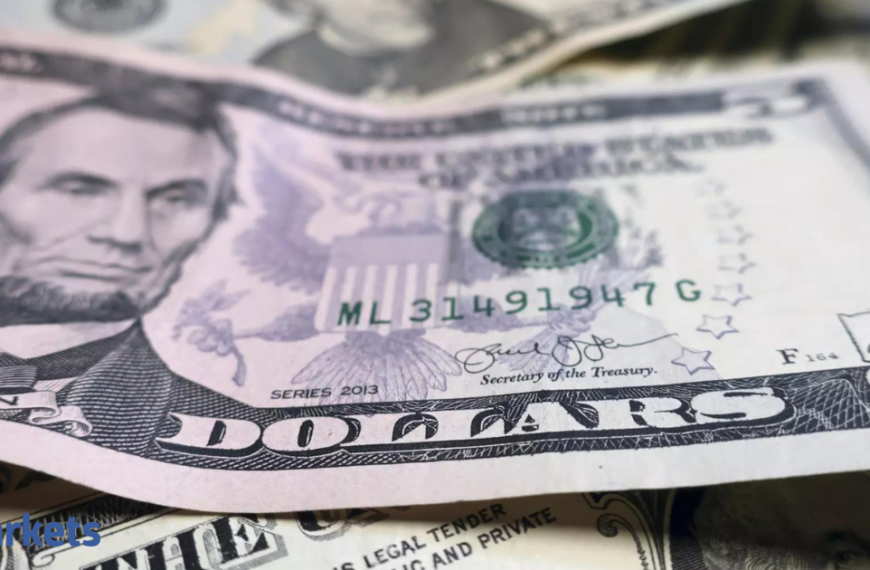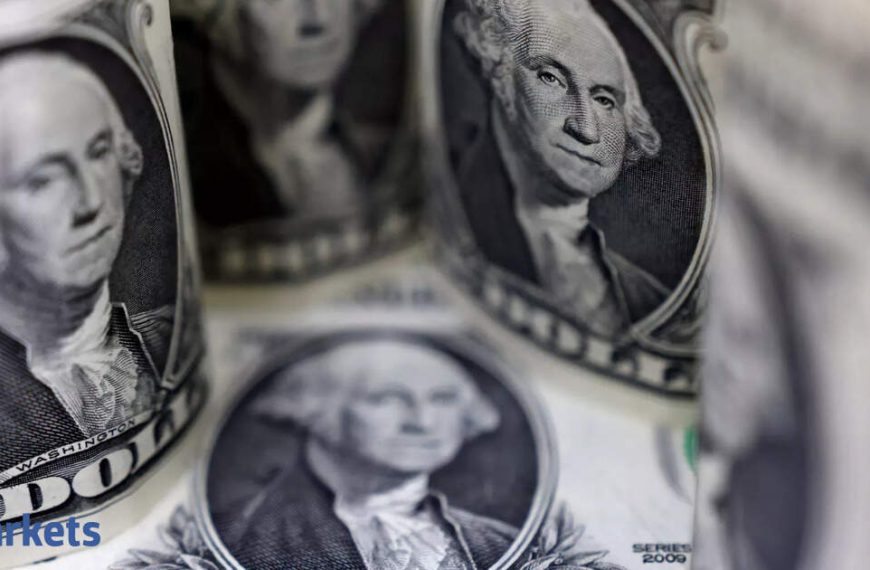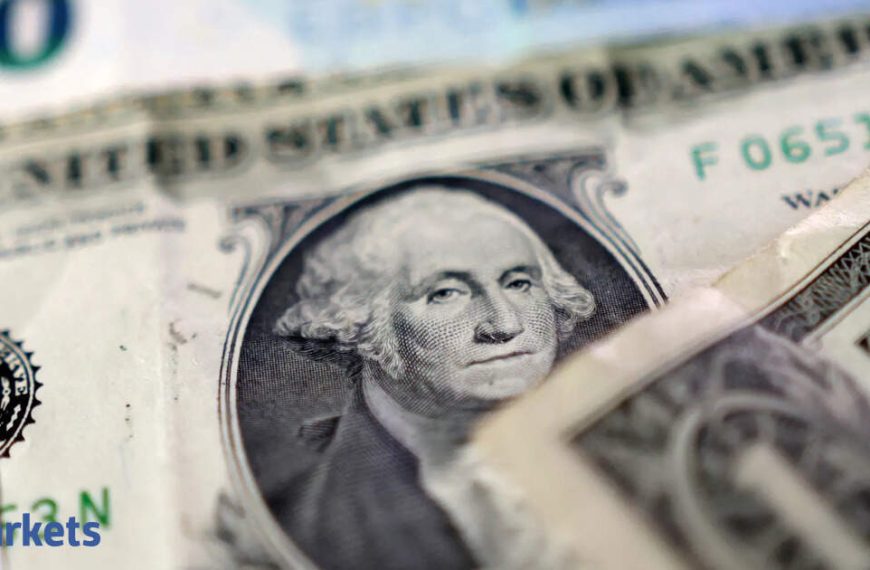The U.S. dollar made a recovery on Wednesday after experiencing its most significant drop in over three weeks, propelled by disappointing consumer inflation data. This easing of inflationary pressure seems to support the Federal Reserve’s potential decision to cut interest rates, especially as global trade tensions appear to be easing.
Consumer Inflation Data Falls Short of Expectations
According to the Labor Department, the consumer price index rose by just 0.2% last month, falling short of economists’ projections of a 0.3% increase, particularly after a 0.1% decline in March. While inflation may rise in the upcoming months due to U.S. tariffs affecting imported goods, the global trade landscape has improved. This is thanks to a recent agreement with Britain and a 90-day truce reached with China regarding their escalating tariff conflict.
- Key Takeaways:
- CPI rose by 0.2% in the last month.
- Economists expected a 0.3% rise.
- Recent trade agreements may ease inflationary pressures.
U.S. Dollar Index Remains Steady
The U.S. dollar index, which gauges the dollar’s strength against six major currencies, was stable at 100.94 as of 0042 GMT. This comes after a notable 0.8% decline on Tuesday. The dollar’s exchange rate held firm at 147.45 yen, while the euro and British pound remained mostly unchanged at $1.1188 and $1.3311, respectively.
Optimistic Predictions for the Dollar
Analysts from the Commonwealth Bank of Australia noted that despite the recent decline, there’s potential for the dollar to recover in the near term. They predict a possible 2-3% increase in the dollar index in the coming weeks as market participants reevaluate the economic outlook following the temporary U.S.-China trade agreement. However, they caution that a complete recovery to earlier levels, around 108.50 in early 2023, is unlikely due to the unpredictable nature of U.S. policy-making, which has impacted the dollar’s status as a safe-haven currency.
- Current Exchange Rates:
- USD/JPY: 147.45
- EUR/USD: 1.1188
- GBP/USD: 1.3311
- USD/CHF: 0.8390
- USD/CNY: 7.1928
Market Sentiment and Future Rate Cuts
Despite the dollar’s recent struggles, it remains about 3% lower than its value on April 2, when tariffs were announced, spurring a sell-off in U.S. stocks and bonds by foreign investors. A recent survey by Bank of America revealed that global asset managers are currently maintaining their largest underweight position in the dollar in 19 years.
The U.S. Federal Reserve is taking a cautious approach regarding the economic implications of tariffs before deciding on future interest rate cuts. Current market expectations suggest a reduction of about 50 basis points may occur by year-end, with the next quarter-point cut anticipated in September.
In summary, the dollar’s recent stabilization reflects a complex interplay of economic indicators and trade agreements, setting the stage for potential rate adjustments by the Federal Reserve in the coming months.











